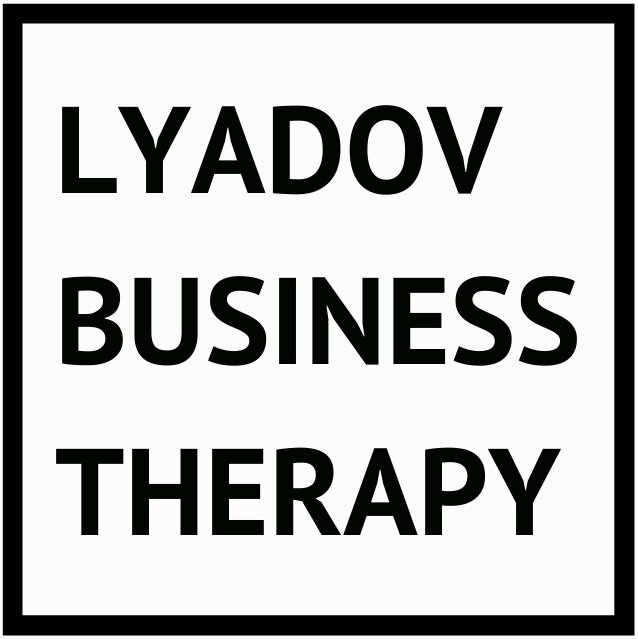I spent the first decade of my career working for international advertising agencies. Our most common method of stimulating creativity, besides whiskey, was group brainstorming. Later on, I began to use this tool less frequently and more selectively, but in those days we held brainstorms on any occasion and several times a day. The sacred rule was to separate the two stages of idea generation and decision-making. The skill of separation had to be specially trained, because at the first stage a beginner cannot help but stomp on someone’s strange, and therefore supposedly useless, idea. Similarly, it was important to learn how to turn off your fountain of ideas in time when the stage of separating the grains from the chaff arrived.
Today, on the podcast episode of The Science of Creativity, Stanford neuroscientist Andrew Huberman talked about how to increase creative output. New ideas arise from two types of thinking, divergent and convergent. The first type is when, pushing off the shore of a single stimulus, one swims freely in the current of the ocean, openly and gratefully accepting whatever comes in the way. The second type is to choose several free ideas and synthesize them into a certain structure.
Research has shown that open monitoring meditation is useful for stimulating divergent thinking: you sit for 5 minutes with your eyes closed and just let your thoughts flow in and out. This allows you to access your memory bank and free yourself from your previous ideas about the combination of things. And to enhance convergent thinking, try the focused attention meditation: you sit for 5 minutes with your eyes closed or open, focusing on a particular object, sound or point. It’s helpful to practice these two meditations before you begin an important task.
Hearing this, I suddenly realized that I intuitively do so when I sit down every morning to write a new article for you, my dear readers. At first, I sit in front of a blank screen, absent-mindedly watching a variety of thoughts come and go in response to the question, “What is it today that I can’t help but write about?” So five or ten or thirty minutes pass as I go deeper into the slumbering woods, moving farther and farther away from home. Finally I find a hot trail of outlandish prey, sneak up and release the bowstring. Like a soju (添水) bell in a Japanese garden, my mind overflows with new meaning and topples over with a sharp sound, pouring it into the article. My only mistake is that coffee is better not drunk immediately, but later. Focus is needed at the synthesis stage. And if the stupor is at the first stage of generating ideas, then, instead of the popular sip of whiskey in my advertising past, it is better to just walk through.
Yours sincerely,
-Alexander
You can help Ukraine defend itself and the World from Russian aggression here.
”Who are you and what do you do?"
As a business therapist, I help tech founders quickly solve dilemmas at the intersection of business and personality, and boost company value as a result.
"I have an extremely important business decision to make. Can you help me?
Reserve a time on my calendar that is convenient for you to meet with me. We'll clarify your request and discuss options for how you can help.


